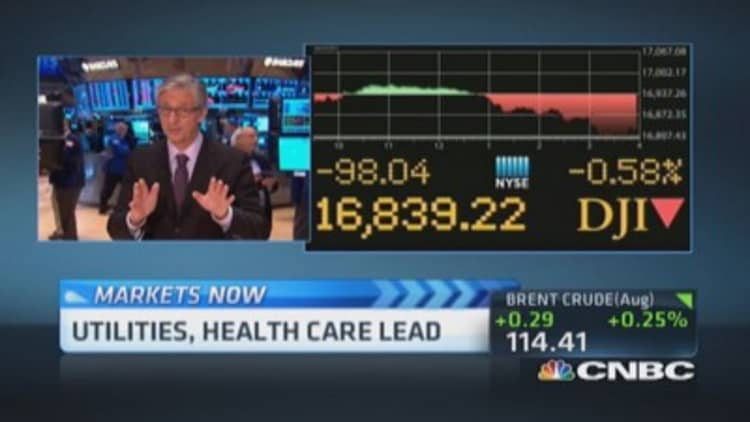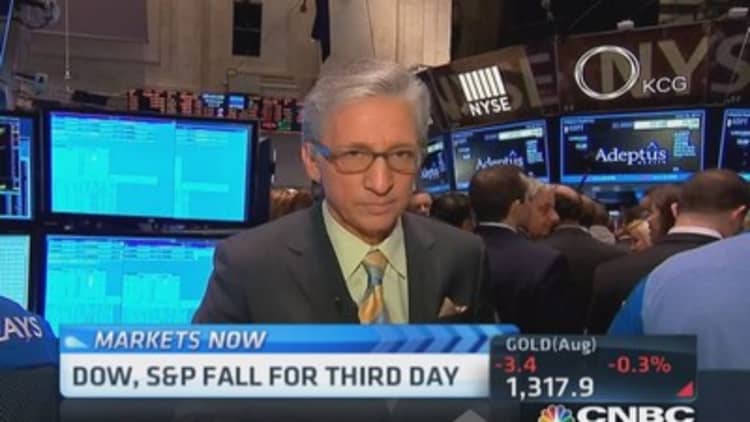If you're worried about the low volume of stock trading, the Security and Exchanges Commission (SEC) shares your concern.
Late Tuesday—after literally years of discussion and debate—the SEC finally issued an order for the NYSE, NASDAQ, BATS and two other exchanges to start a pilot program to trade small cap stocks in increments other than a penny. Details on how to implement the plan should be submitted in 60 days or less, but the pilot program would:
1) last one year;
2) include stocks with a market capitalization of $5 billion or less;
3) have average daily trading volume of one million shares or less, as well as a share price of at least $2; and
4) include 300 stocks in three different test groups.

There will be one control group (that trades at the current tick size increment of $0.01) and three test groups with 300 stocks in each group. The first would trade in increments of 5 cents with no exceptions. The second will also trade in increments of $0.05 but have certain exceptions, such as allowing trading at the mid-point ($0.025 cents).
The third group would have the same requirement as group two, but would also require that off-exchange trading platforms (dark pools, for the most part) must offer a superior price.
This is the so-called "trade at" rule. The purpose is to see if these orders would drive more trading back to "lit" venues such as the exchanges. The SEC is clearly signalling that they are concerned that too much trading activity is now occurring in these "dark" venues.
This is the latest chapter in a decades-long saga that tries to answer the question: what's the right spread at which stocks can trade? As far back as 1994, when stocks were trading in increments of an eighth of a dollar, there were questions that the "spread" was excessive and that it would be better to go to decimal prices. A few years later, trading went to sixteenths of a dollar, then in 2001 to a penny.
A funny thing has happened though: trading in many small-cap stocks have dropped significantly since then. Some are blaming the simple fact that for active market makers it is not profitable to trade these stocks in penny increments. The decline in analyst research has led many good stocks to languish, or so the argument goes.
The Street has argued that allowing small cap stocks to trade in increments other than a penny would: 1) increase trading, 2) incentivize more public offerings of small companies, and 3) attract more analyst coverage.
I'm not sure that will happen, and I'm particularly sensitive that retail investor trading costs would rise. However, I am sure that many people are concerned about the low trading activity, in all stocks but especially small cap stocks. I don't know anyone who is opposed to a pilot program to see if it really does increase trading.
Elsewhere

1) The initial public offering wave extends into Wednesday. Three IPOs priced overnight and will begin trading today, with mixed results. On the NYSE, Adeptus Health, the largest network of independent emergency rooms in the U.S. (32 facilities and growing), priced 4.9 million shares at $22, at the high end of the $19 — $22 range.
Healthcare authentication software provider Imprivata priced five million shares at $15, in the middle of the $14 — $16 price talk. Their main product, Imprivate OneSign, offers single sign-on management and workflow automation for hospitals and other healthcare organizations.
On the NASDAQ, 3D printing company Materialise priced eight million shares at $12, at the low end of the $12 — $14 range. They provide manufacturing software that enhances the functionality of 3D printers.
--By CNBC's Bob Pisani


